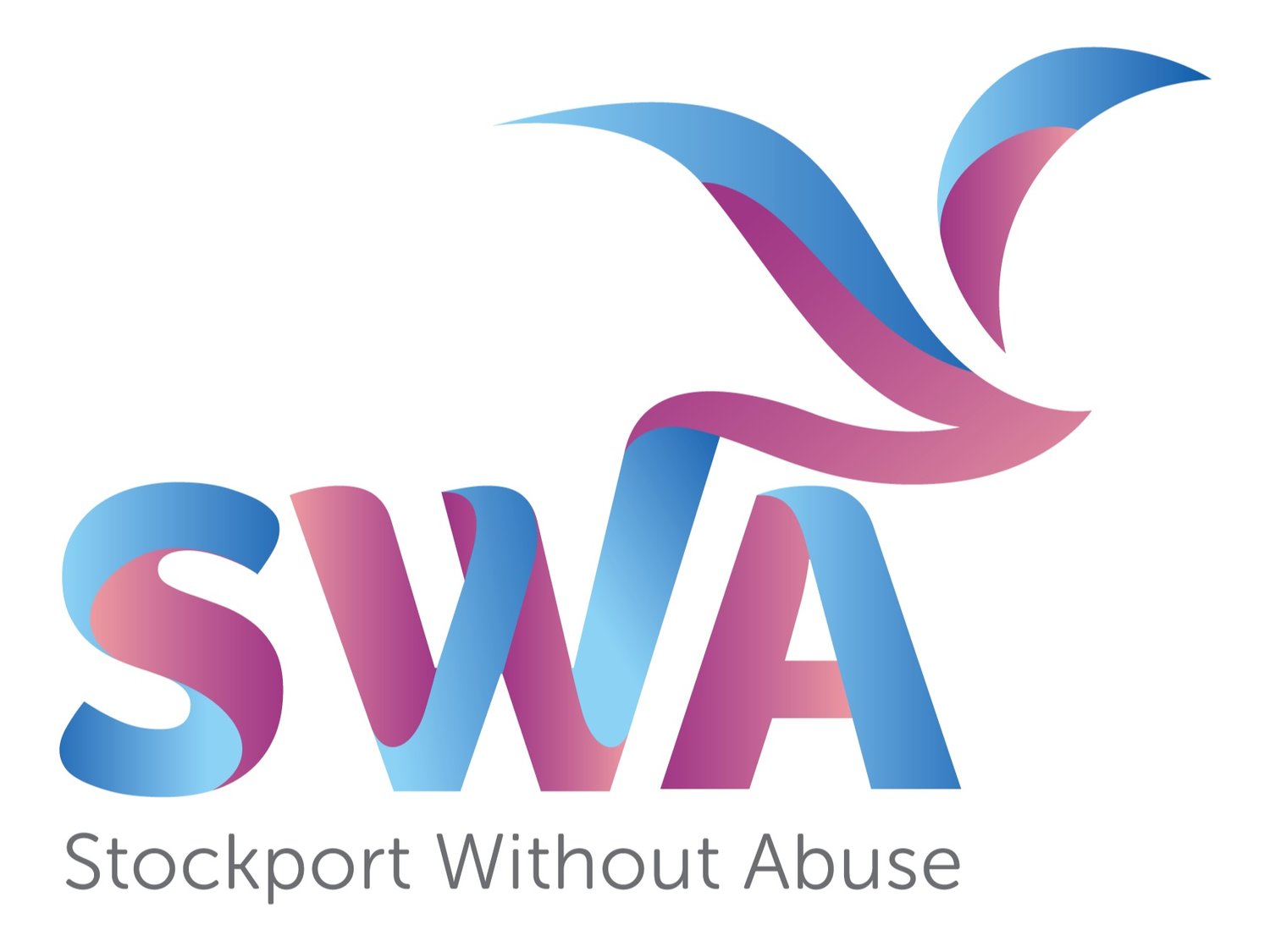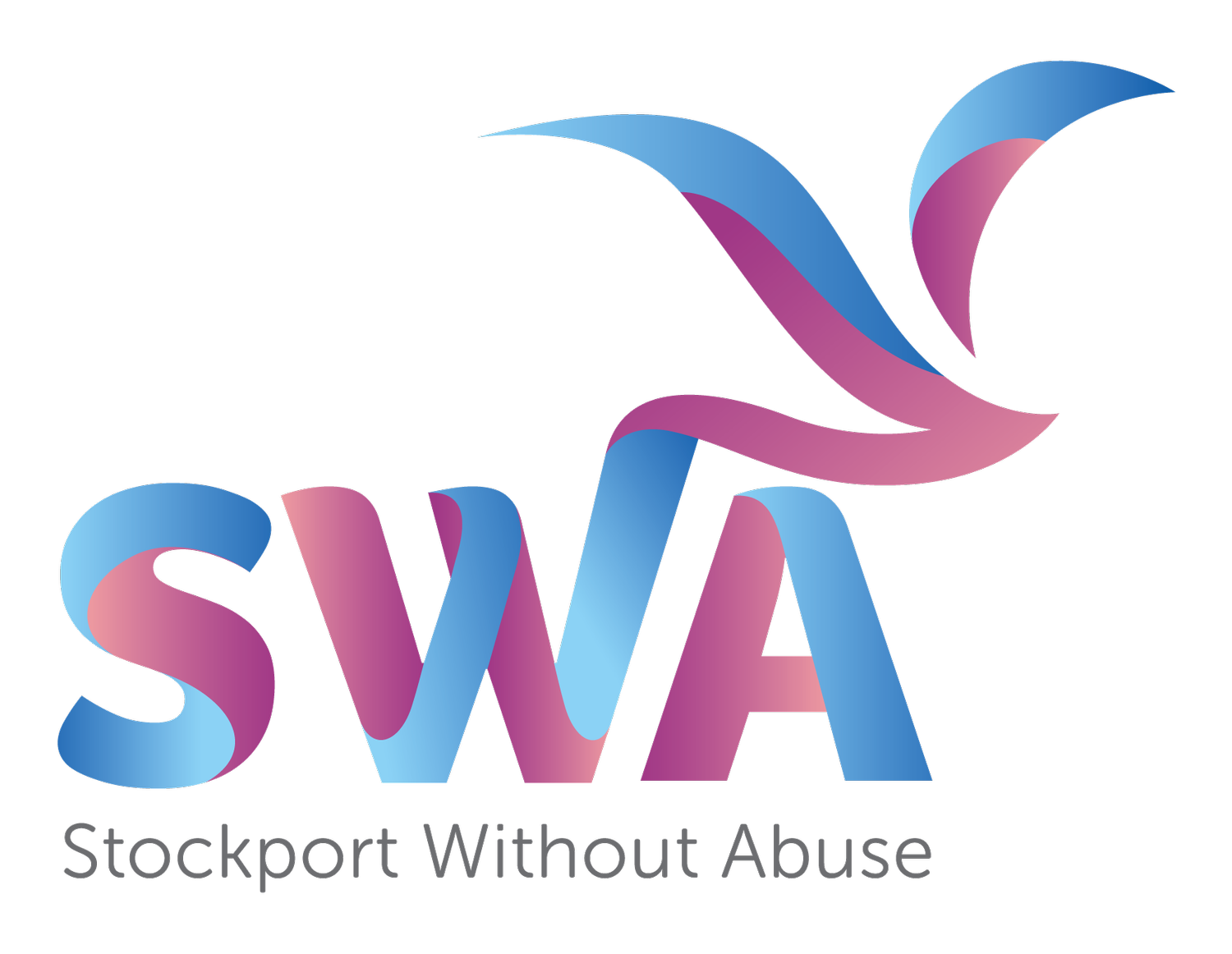Physical Abuse
Physical abuse is the most visible form of domestic abuse and includes the use of physical force or violence within a domestic or intimate relationship, often with the intent to exert control, instill fear, or cause harm to the victim. It is a deeply distressing and unacceptable form of abuse that can take various forms, including but not limited to:
Hitting and Punching: Physical assault involving blows, punches, or strikes that can result in bruises, broken bones, or other injuries.
Choking or Strangulation: The act of constricting a person's airway, often leading to severe physical harm and, in some cases, death.
Biting and Scratching: Inflicting wounds or marks on the victim's body through biting or scratching.
Hair-Pulling: Forcibly yanking a person's hair, causing pain and potential injury.
Burning or Scalding: Using heat sources to cause burns or scalds on the victim's skin.
Throwing Objects: Throwing items with the intent to harm or intimidate the victim.
Use of Weapons: Employing weapons such as knives, firearms, or other objects to threaten or cause harm.
Forced Confinement: Restraining or confining the victim against their will, often depriving them of their freedom.
Assaults often start small, maybe a small shove during an argument, or forcefully grabbing your wrist, but over time usually become more frequent and more severe. It may be preceded by other abusive behaviours, such as verbal or emotional abuse.
Signs of Physical Domestic Abuse: Recognising physical domestic abuse is crucial to seeking help and breaking free from an abusive relationship. Here are some common signs to look out for:
Unexplained Injuries: Frequent injuries, such as bruises, cuts, or broken bones, with inconsistent or vague explanations.
Frequent Hospital Visits: A pattern of seeking medical attention due to injuries sustained during altercations with a partner.
Fear or Anxiety: A victim displaying fear or anxiety around their partner, especially when they are angry or intoxicated.
Isolation: Victims may become isolated from friends and family, often as a result of the abuser's efforts to control them.
Excessive Control: An abuser may exert excessive control over the victim's daily life, finances, or activities.
Low Self-Esteem: Victims often exhibit low self-esteem, feeling worthless or undeserving of help.
Seeking Help and Healing: If you or someone you know is experiencing physical domestic abuse, it's essential to seek help immediately. Here are some steps to consider:
Reach Out: Confide in a trusted friend, family member, or professional about your situation.
Contact Local Authorities: In cases of immediate danger, call the police on 999 for assistance.
Seek Shelter: Domestic violence organizations can assist with providing a safe haven and support - refuge can be sought through the 24 hour domestic abuse helpline on 0800 2000 247.
Legal Protection: Consult with a solicitor or advocate about obtaining protective orders.
Therapy and Support Groups: Therapy can help victims cope with trauma, and support groups offer a sense of community and understanding - there are a range of services available in Stockport.
Plan for Safety: Develop a safety plan with professionals to ensure your well-being and that of your dependents
Two women per week on average are killed by a partner or former partner. In addition, 20 to 30 men are murdered each year. This is not acceptable and we are striving to change these statistics.
Perpetrators of physical abuse may be extremely remorseful after the attacks; they may be tearful and apologetic. Alternatively they may insist that the victim started or caused the violence. They may argue that they had not intended to be physically abusive but that they ‘lost it’. They may blame it on drink or drugs. These conflicting justifications often leave the victim extremely confused and aim to enable the perpetrator to maintain control over the victim. Whatever happens, it is NEVER the fault of the victim, and the excuses will NEVER excuse violent behaviour in the home.

